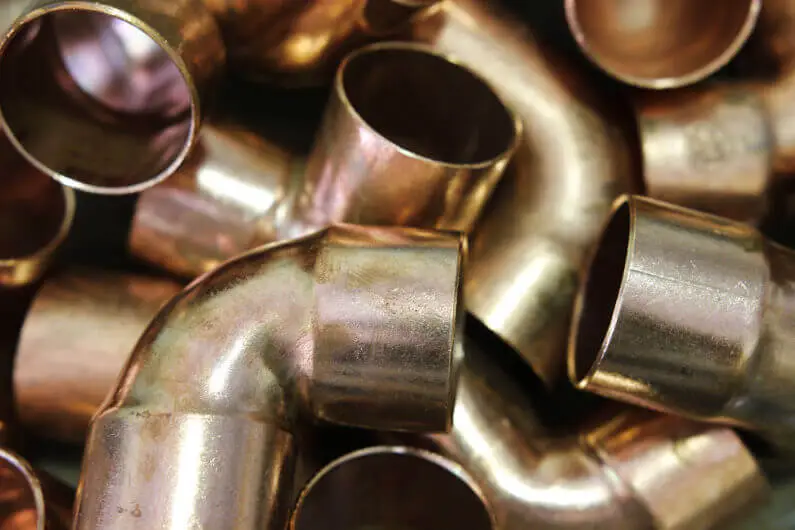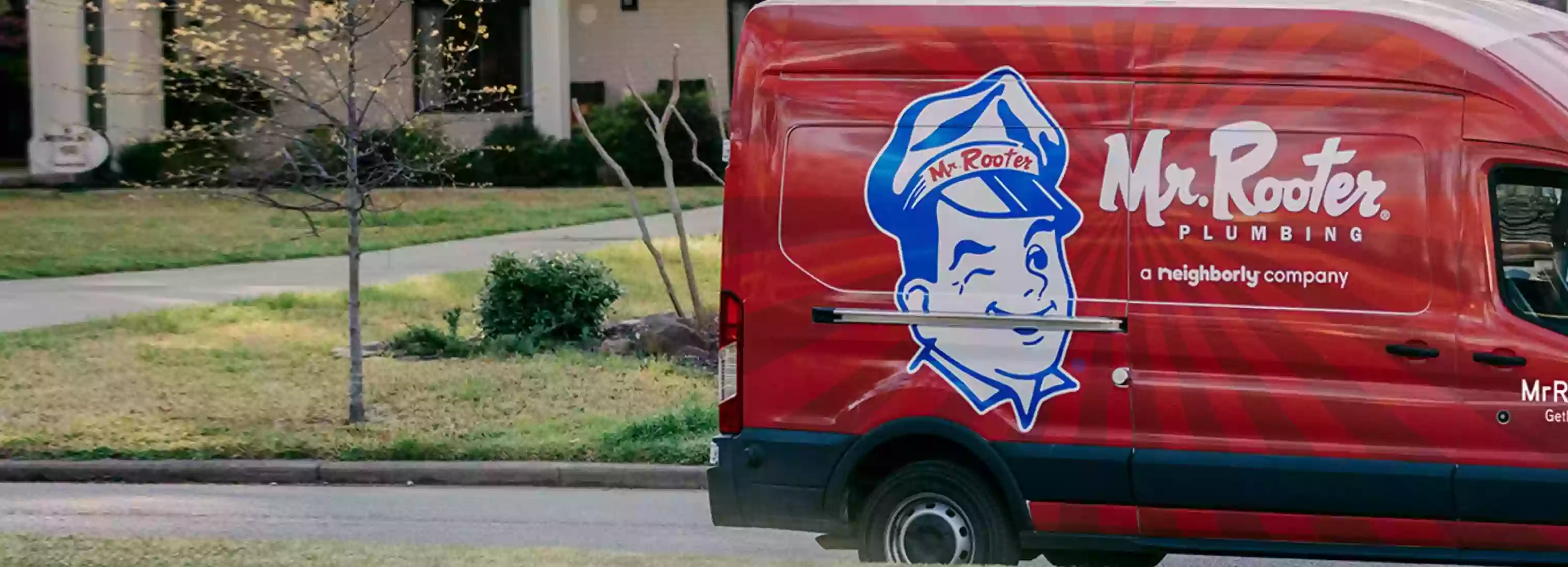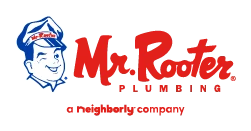5 DIY Plumbing Basics Every Homeowner Should Learn

Being a homeowner is a major responsibility. After all, owning a home is more than simply paying your mortgage and chilling beside the pool. There's a ton of upkeep, some of it cheap and easy, and some of it costly and complicated.
That's why there is so much value in learning to make home repairs yourself rather than bringing in pros for every little thing. This is especially true with plumbing basics.
Believe it or not, many people don't possess even the rudimentary plumbing skills for taking care of leaks and other repairs around the house. Fortunately, this article can teach you home plumbing skills that will save you time and money. Keep reading to learn some great DIY tips.
1. Learn How to Clear a Clogged Toilet
One of the most common and frustrating plumbing issues you're likely to encounter is a clogged toilet. This is never fun. And it always seems to happen at the least convenient moment.
A toilet could clog in the middle of the night, or as you're preparing to leave for the day when you're late for an important appointment, or when you have guests over for dinner. It's stressful, embarrassing, and... gross.
Fortunately, a clogged toilet is also a relatively simple fix.
The problem is usually toilet paper or some other obstruction preventing the proper flow of water out of the toilet bowl.
First, always keep a plunger handy. The pressure created when plunging should be enough to clear most clogs, but if that doesn't do the trick, try pouring some hot water into the bowl to help loosen the obstruction.
The most severe clogs will often require a plumbing snake, which is a metal coil that unspools and slowly "snakes" its way through the pipe to loosen the obstruction several feet beyond the wall. You can also mix baking soda with vinegar to add to the water before using the snake for the best results in breaking up the obstruction, but it's best to avoid harsh chemical drain cleaners.
2. Learn to Fix a Toilet that Won't Stop Running
Toilets seem more complicated than they actually are. They are simply made up of a bowl, a tank, a flushing mechanism, and a plastic float on an arm that enables the tank to refill with the proper amount of water.
When you notice that your toilet won't stop running, this means there is likely a problem with either the flushing mechanism or the plastic float inside the tank.
The first thing you should do is remove the tank lid. You'll notice that the toilet plunger lever is connected to the flushing mechanism by a chain. When this chain breaks or becomes disconnected, you won't be able to flush. And if there is a problem with the plastic float, this will affect the water level inside the tank.
A repair kit can be purchased at any local hardware store. The total repair should take less than half an hour and you'll feel like a hero for doing it yourself.
3. Learn How to Turn Off the Water Valve
Plumbing problems can happen in the blink of an eye. Some are minor while others can turn into a disaster within minutes. The key to preventing a disaster is understanding how to respond as soon as you notice something is wrong.
The most important step in averting a flooded house is to shut off the water. This means knowing where the water valve is located.
Keep in mind that there's more than one location for shutting off the water. The first is the water main outside your house. This is the main water supply to your home. Take the time to locate it and understand how to shut it off.
Inside your house, each sink and toilet features a valve for shutting off the flow of water to those particular areas. The valve for the sink should be located on the pipe beneath the sink, and the valve for the toilet will be near the wall behind the toilet.
Learning to shut the water off at the valve only takes a minute and can save you from a nightmare.
4. Learn to Fix Broken Pipes
There's no magic required to fix a broken pipe. And yet again, this simple task can prevent significant water damage to your home and save a ton of money on your water bill.
Pipes can easily break or start leaking. Especially if you live in an area that experiences extreme weather conditions. When water freezes inside pipes, they expand and eventually burst.
The plumbing in your home can also develop leaks at joints and elbows. This water loss can add up quickly, but you might not notice until there's a curious increase in your water bill.
Fortunately, fixing a broken pipe isn't rocket science. The key thing to remember is to always keep a few supplies like a pipe repair clamp, plumber's tape, and rubber patches on hand. These supplies are inexpensive but can turn a potential disaster into a simple DIY task that only takes a few minutes.
Please note that if you notice broken pipes, it's always a smart idea to hire a professional to make sure that your home doesn't have bigger issues that you need to address.
5. How to Clean a Shower Head
When you notice a lack of water pressure in the shower, this could be a sign that your shower head needs to be cleaned.
First, pour vinegar into a plastic bag. Now, place the bag around the showerhead and seal it with a rubber band so that the showerhead is totally immersed in the vinegar. Let it sit overnight.
Sometimes the problem might persist. If this is the case then you'll need to use toothpicks to clear out mineral deposits that have clogged the jets.
Plumbing Basics Every Homeowner Should Know
Learning plumbing basics doesn't have to be complicated. The key is to educate yourself about routine tasks that can help keep things running smoothly and save on repair bills.
Click here to learn about our drain cleaning service in Austin!
 Click to call
Click to call


